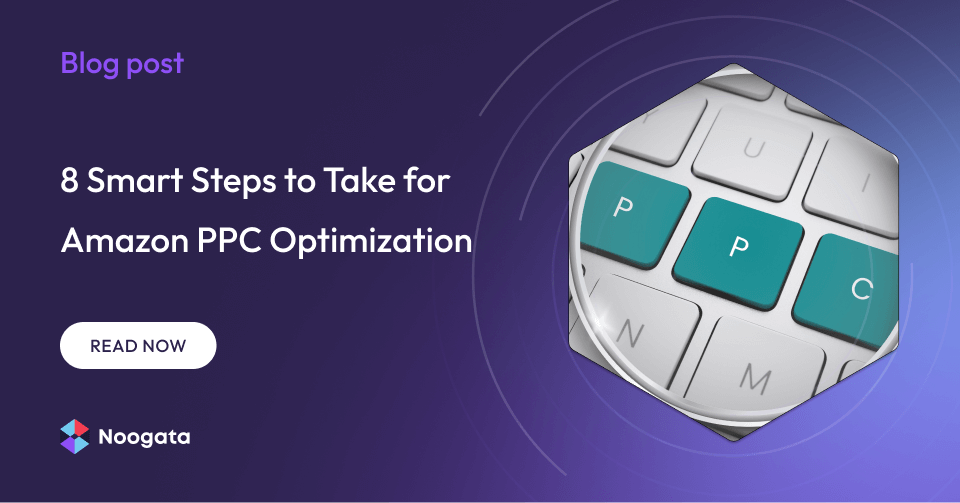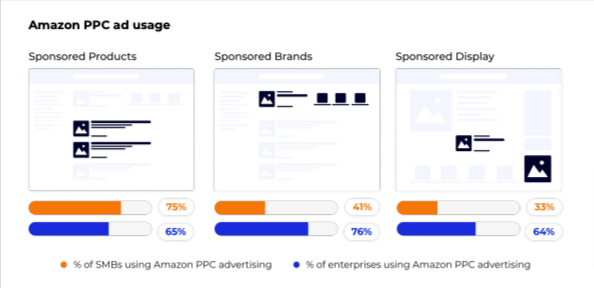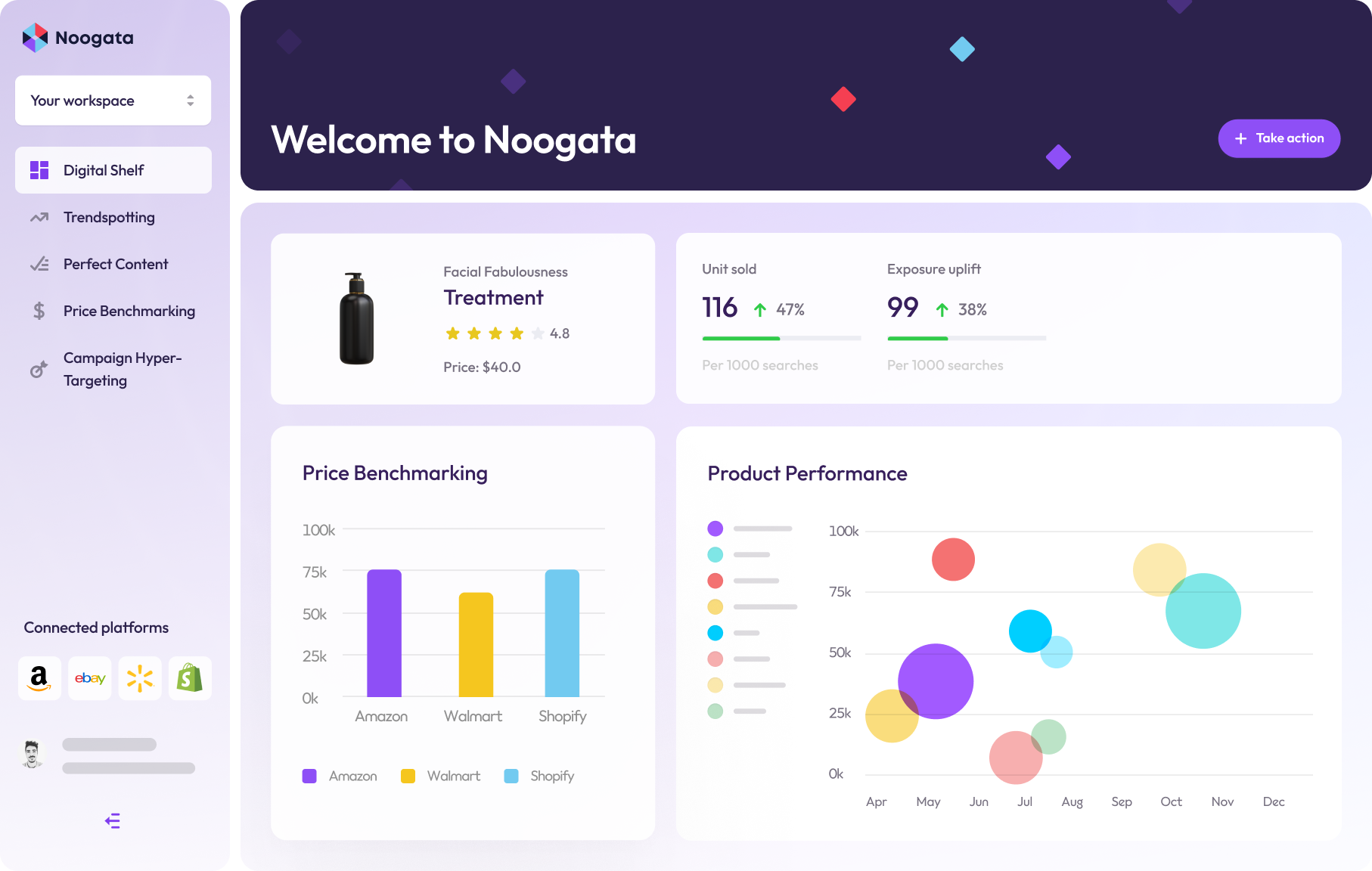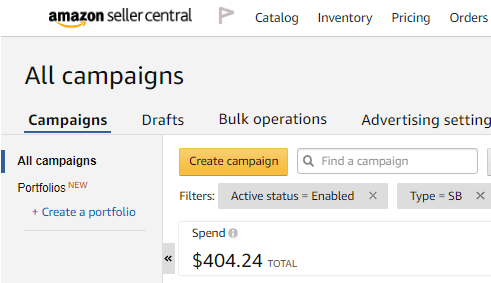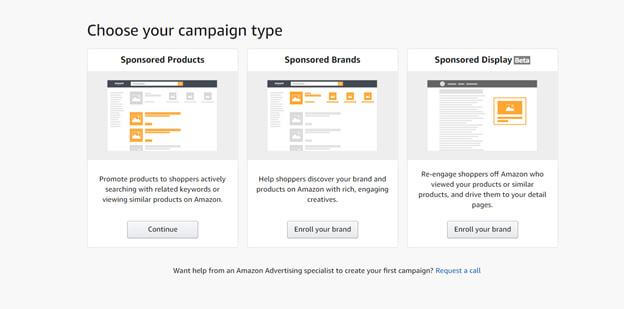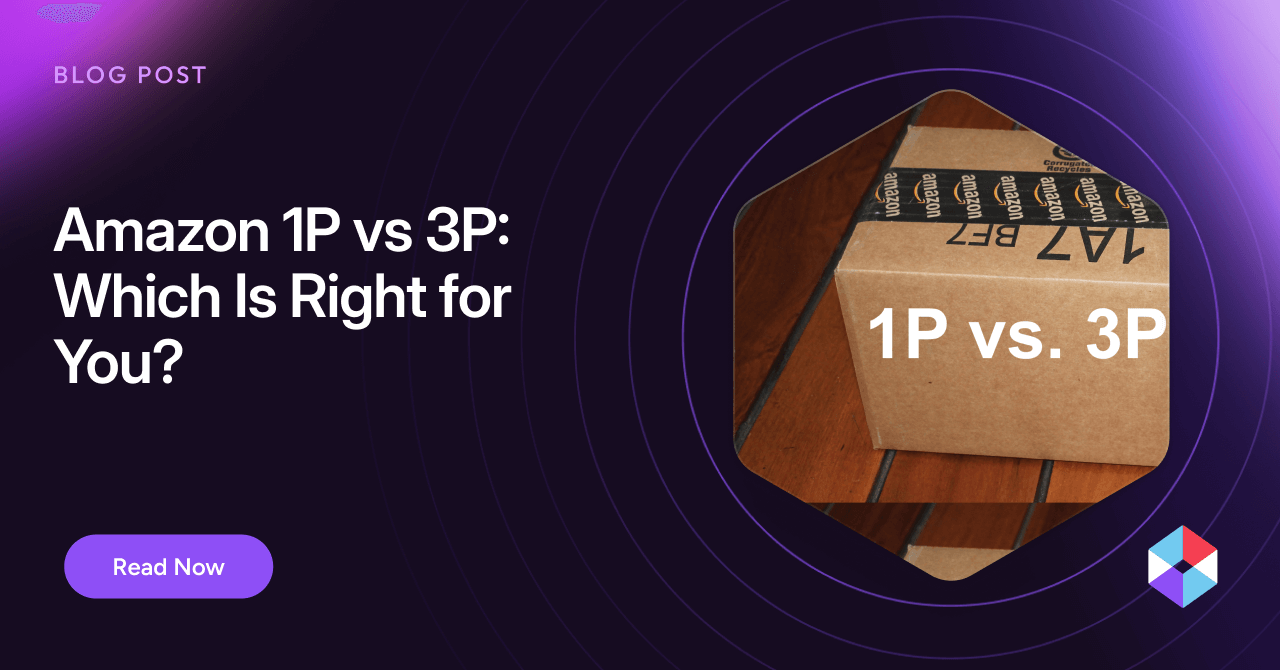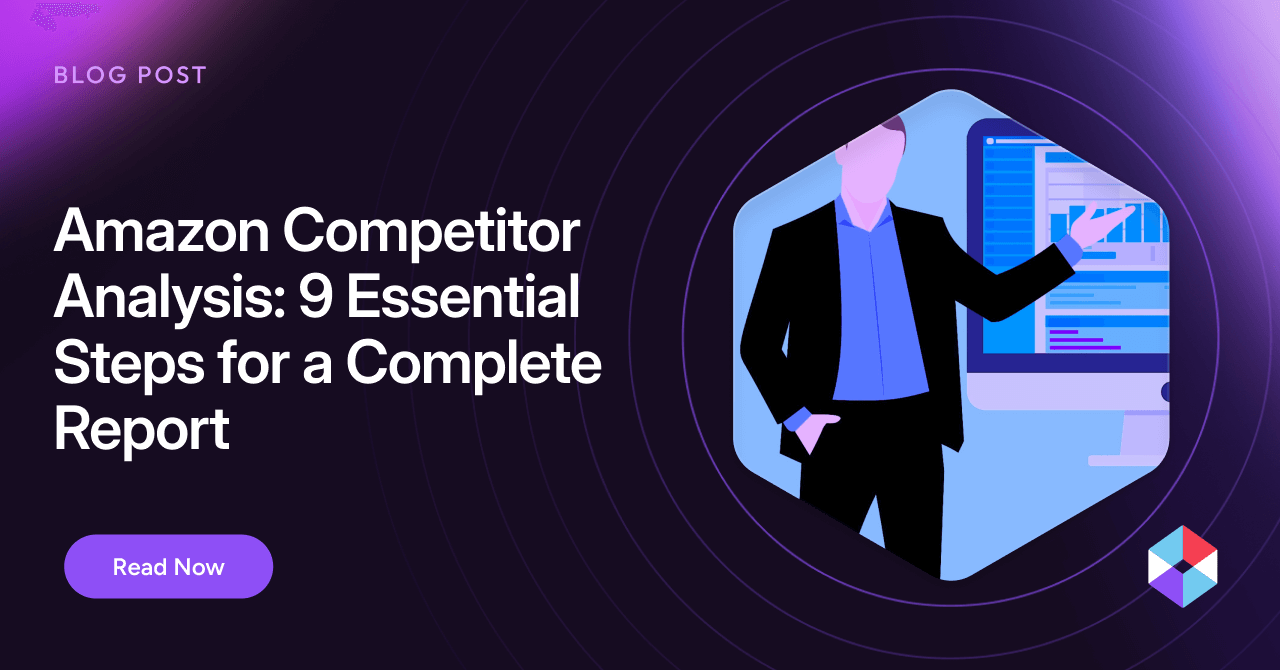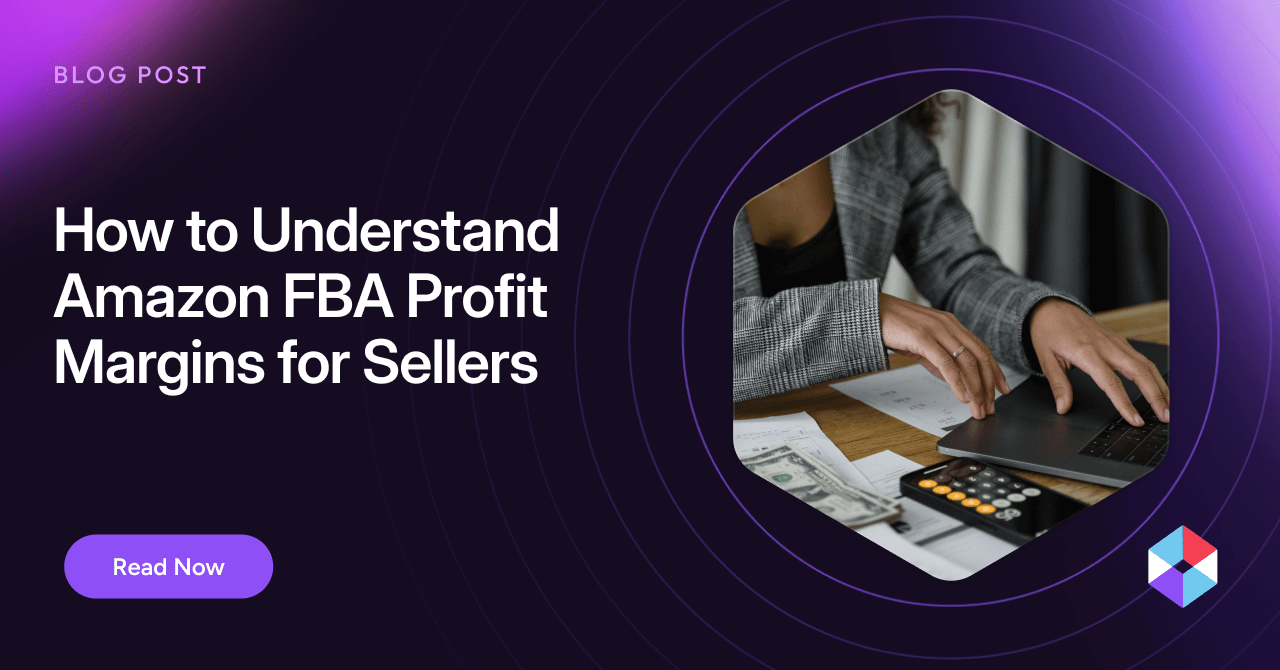Amazon isn’t just an online shopping giant; it’s a game-changer in eCommerce advertising. It’s become the go-to platform for countless businesses, bridging the gap between their products and a vast sea of potential buyers. If you’re wondering about the scale of Amazon’s influence, the numbers paint a clear and compelling picture.
Amazon pulled in $38 billion in ad money last year as the third-largest platform in the U.S. for digital ads. This big ad spend is partly because of Amazon’s growth and more people shopping online since the pandemic. But the main reason is that 56% of online shoppers start their journey on Amazon’s marketplaces—the next highest choice being search engines at 42%.
This means that the opportunity to get your product in front of shoppers at the beginning of their search is critical, and so is using Amazon PPC the right way. With ad costs rising and competition getting tougher, you need to be smart about how you spend, and even smarter about how you optimize your Amazon PPC campaigns. Here’s how to do it.
Why Smart Amazon PPC Optimization Is a Winning Strategy
It’s no secret that competition is fierce among Amazon’s nearly 2 million active sellers as they battle for customers. It’s not enough to simply put up a product list and wait for sales to roll in anymore. Today, you need a well-thought-out and optimized Amazon PPC strategy. But even that isn’t enough anymore. Basic optimization techniques will lose out to those practicing advanced, smart PPC optimization. To understand why, let’s compare the two methods.
Basic Amazon PPC Optimization
Basic Amazon PPC optimization is like laying the foundation of a building. It’s about establishing a strong presence and ensuring that there’s a basic structure in place. When sellers first venture into Amazon’s advertising ecosystem, their primary goal is to be seen and to generate sales.
This phase focuses on the essentials: selecting the right keywords, setting up campaigns, and monitoring primary metrics like click-through rates. It’s reactive in nature, making adjustments based on immediate feedback, such as pausing a keyword that isn’t converting.
However, as sellers get more accustomed to the platform and their campaigns mature, there’s a natural progression towards a more nuanced approach—which is where smart Amazon PPC optimization comes into play.
Smart Amazon PPC Optimization
This approach is more about fine-tuning and scaling. It’s like adjusting the settings of a well-functioning machine to extract even more efficiency. Sellers aim to optimize every cent they spend, ensuring they get the best return on investment.
Smart strategies are more anticipatory and precision-focused. It’s not just about seeing which keywords convert but diving deeper into when they convert best, where the ads are placed, and how different factors play into the broader sales funnel. Sellers also begin to see the bigger picture, understanding that every PPC decision has ripple effects.
They employ sophisticated tools and data analysis, examining historical trends, and integrating insights beyond the immediate Amazon dashboard.
8 Smart Steps for Amazon PPC Optimization
If you’re ready to run advanced Amazon PPC campaigns that will help you outperform your competitors, here are eight smart steps to optimize them:
1. Leverage Advanced Analytics
In advanced PPC optimization, data is king. For brand-registered sellers, Amazon’s Brand Analytics offers invaluable insights into search terms, buyer demographics, and more. But that’s just scratching the surface.
The real difference comes when you access advanced, AI-powered analytics that not every seller has access to. Having unique, actionable insights allows you to make data-driven decisions that can catapult your listing up the search ranking and into the Buy Box.
Ecommerce competitive intelligence platforms like Noogata are revolutionizing how businesses understand market trends, consumer behaviors, and the competitive landscape. These platforms use cutting-edge artificial intelligence to mine vast data sets, offering insights that can refine and supercharge your Amazon PPC strategies.
2. Ad Group Refinement
Consider this: how you group your products in ads can be a game-changer. This concept is encapsulated in Ad Group Refinement. Create more specific ad groups based on distinct themes or buyer intents to tailor your messaging and bidding strategies with laser precision.
For instance, you ensure each ad speaks directly to a specific audience segment by separating ‘branded’ from ‘non-branded’ keywords or discerning between ‘navigational’ and ‘transactional’ keywords.
3. Day Parting (Amazon Ad Scheduling)
Did you know that the time or day of the week you run your PPC ads affects their performance? Day Parting, also known as Amazon Ad Scheduling, is a sophisticated advertising functionality that enables you to allocate or modify your daily advertising budget for campaigns at specific times. This feature optimizes Return on Ad Spend (RoAS) and minimizes unnecessary ad expenditures.
Analyzing historical sales data helps you identify when your target audience is most active and when they’re most likely to make a purchase. You can maximize your ROI by adjusting your PPC bids during these peak times, ensuring you reach potential customers when they’re most receptive.
4. Portfolio Management
Think of your campaigns as investments. How you group and manage them can drastically affect your returns. This is the essence of Portfolio Management, the smart optimization strategy of grouping campaigns into portfolios that give you a holistic view of your advertising campaigns. This higher-level perspective ensures you allocate resources effectively, balancing budgets and performance across your product range.
5. Dynamic Bidding
Here’s the reality of Amazon PPC: not every click on your ad has the same chance of turning into a sale. Some clicks, like from a pet lover on a dog toy ad, are more promising. Others might not lead to a purchase, like a hurried click on the same ad by someone who doesn’t own a pet.
Amazon’s Dynamic Bidding, which allows Amazon to adjust your bid in real time to heighten the chance of a sale, uses this insight. It looks at factors like a user’s shopping habits or how long they check out a product to guess if a click might lead to a sale.
If the chances look good, Amazon might increase your bid to ensure your ad gets seen. If the odds are low, it might bid less, saving you money. Simply put, it’s about getting the most value from your ad budget by letting Amazon’s algorithms decide the optimal bid for each auction moment-to-moment, ensuring more bang for every advertising buck spent.
6. Long-Tail Keyword Strategy
Here’s an intriguing thought: sometimes, the less popular keywords can be your golden ticket to PPC success. This is the underlying principle of the Long-Tail Keyword Strategy. These are longer, more specific keyword phrases that might not see substantial search volumes but are less competitive. As a result, they can often lead to higher conversion rates.
Pinpointing and integrating these nuanced keywords into your campaigns helps you reach the audience segment more intent on purchasing. This is another area where advanced keyword research features in tools like Noogata can make a difference.
7. Placement Optimization
Ever wondered why some ad placements perform better than others? Amazon has unveiled features to sharpen the bidding process in PPC auctions, granting sellers enhanced control over ad placements.
Ads can appear in three key areas: the top of search results, within subsequent search results, and on product pages or other unique spots like the add-to-cart page. Sellers can use Amazon’s placement report to discern which locations generate the most conversions and tweak their bids accordingly.
For instance, if product page ads lead in sales, it might be wise to amplify investment in that space. High click-through rates from top search placements suggest those spots are valuable real estate, potentially meriting increased bids.
You can get insights into which locations resonate most with potential buyers by evaluating where your ads appear. Allocating more of your budget to these prime spots ensures that your products are front and center when and where it matters most.
8. Search Term Report Mining
Did you ever consider that the exact terms shoppers type into Amazon’s search bar can be the cornerstone of your next PPC strategy? This is the magic of Search Term Report Mining. Unearth the real-world queries that lead customers to your products by regularly scrutinizing this report.
Incorporating high-performing search terms as keywords and sidelining the irrelevant ones ensures your ads remain hyper-relevant to shopper queries. Another helpful tool is Noogata’s Search Trendspotting feature, which uses AI to find the hottest keyword trends, allowing you to optimize your PPC and product listings.
Smart PPC Optimization Demands Smart Tools
Getting smarter about optimizing your Amazon PPC campaigns pays off in increased sales and conversions, more efficient ad budget management, and long-term growth. If you’re an Amazon seller facing the challenge of managing an extensive product portfolio at high volumes, now is the time to work smarter, not harder.
Data-driven decisions and deep, actionable insights are at the core of smart Amazon PPC optimization. That’s what makes Noogata’s platform such a game-changer for Amazon sellers. Incorporating a powerful Amazon AI Assistant and invaluable tools to optimize your digital shelf, Noogata makes being smart easier than ever.
Contact Noogata to learn how to optimize your next Amazon PPC campaign with a free demo.
